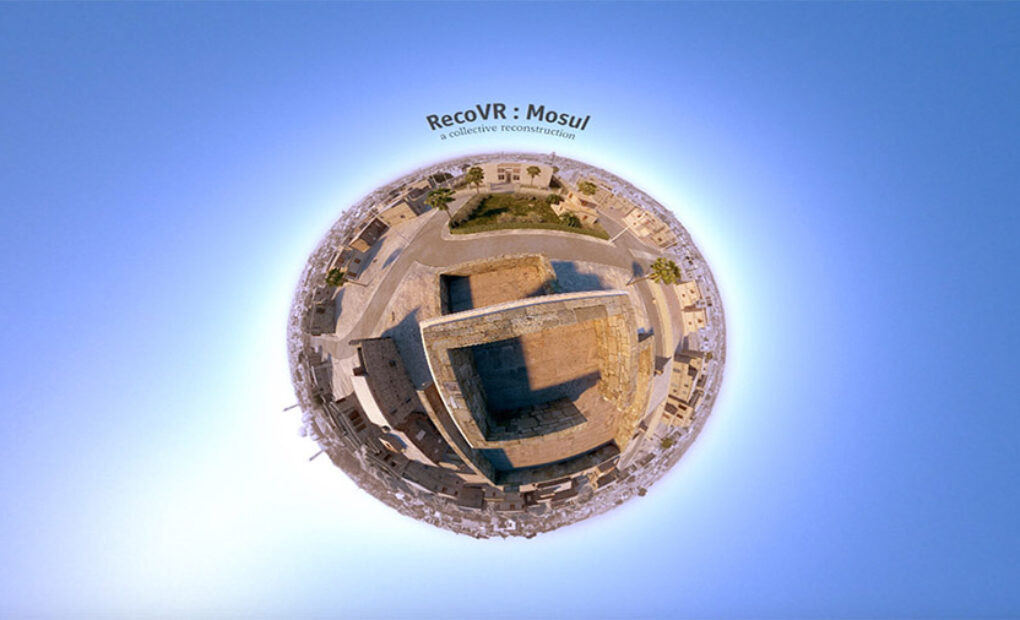
Reconstructing Mosul Museum in VR with The Economist
[image_hover image=’http://visualise.com/wp-content/uploads/2016/06/Mosul_intro.jpg’ hover_image=’http://visualise.com/wp-content/uploads/2016/06/Mosul_intro.jpg’ link=” target=’undefined’ animation=’undefined’ transition_delay=’undefined’]
We are pleased to announces our latest Virtual Reality (VR) experience in collaboration with The Economist and Rekrei, a non-profit group formerly known as Project Mosul. The experience digitally reconstructs Mosul Museum which contained ancient artefacts previously destroyed by the militant group ISIS, in the Iraqi city of Mosul.
The experience takes the form of a tour of the museum, narrated by The Economist’s deputy editor, Tom Standage, who explains the background to the project, the significance of particular objects and the method of reconstruction.
“In real life it’s no longer possible to visit the Mosul museum or see these destroyed artefacts. But RecoVR:Mosul lets you experience them in virtual reality, with The Economist as your museum guide, explaining the bigger picture. This is our first venture into VR, a medium which offers huge potential for new kinds of storytelling.” Tom Standage, Deputy Editor at The Economist
The first version of RecoVR: Mosul was originally launched in November 2015 at the International Documentary Film Festival (IDFA) in Amsterdam. Following the positive reception from the public and press, The Economist approached Visualise to enhance the experience with photorealistic CG visualisation and build new apps for a range of VR platforms.
The team at Rekrei received thousands of crowd-sourced images and archival data of the destroyed artefacts from around the world and, using photogrammetry, volunteers combined the images to create 3D models to digitally reconstruct the artefacts. Visualise then developed the virtual reality app for the Economist and re-created the previously destroyed museum environment to create a photorealistic pre-rendered VR experience.
[image_hover image=’http://visualise.com/wp-content/uploads/2016/06/RecoVR_Mosul_Lion.jpg’ hover_image=’http://visualise.com/wp-content/uploads/2016/06/RecoVR_Mosul_Lion.jpg’ link=” target=’undefined’ animation=’undefined’ transition_delay=’undefined’]
Henry Stuart, Founder & CEO of Visualise commented: “Our objective was to take the principles of good VR (comfort, presence, and engagement) to redesign and conceptualise the content and app to create a comfortable experience for the viewer, whilst being sympathetic to the original project. We reviewed the existing experience ensuring we maintained the original 3D models of the artefacts, and took on the role to completely remodel the museum environments and create a photorealistic pre-rendered VR experience.”
This move into virtual reality is part of The Economist’s “read, watch, listen” strategy, which involves making mind-stretching Economist insight and analysis available in multiple formats across the full range of digital platforms. The Economist plans to add further VR experiences to its VR app in the coming months, including a live-action VR film and a data-visualisation project which we have helped to produce as well.
The latest version released is now available for Google Cardboard for Android, as an iOS app for use with a Cardboard adaptor, and as 360 videos for YouTube on Facebook. A Gear VR version will be available shortly.

Comments
Responses